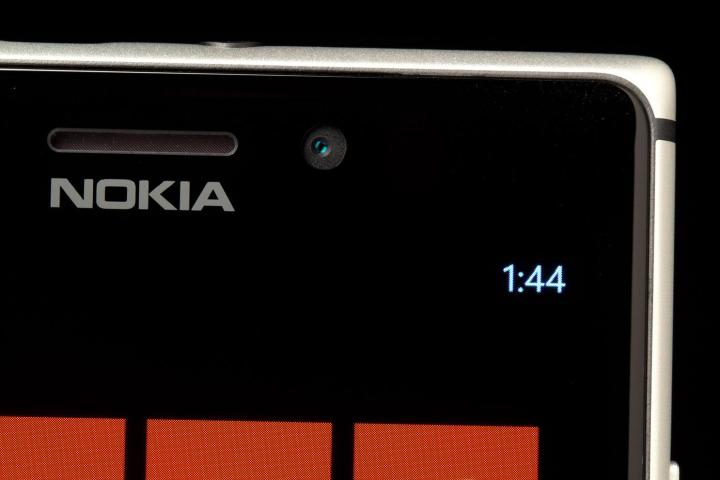
Nokia already outlined how the company would change following the sale of its Devices and Services division to Microsoft, but now, chairman and interim CEO Risto Siilasmaa has provided a few more details on its near-future plans. In an interview published on Nokia’s Conversations blog, Siilasmaa said, “Nokia will look very different without the mobile devices and services business. But it will be a strong company with healthy finances.”
As we already knew, Nokia will be concentrating on three businesses: its Here Maps navigation, Nokia Solutions and Networks (which was formed after the company bought out Siemens’ share of Nokia Siemens Networks earlier this year), and something called Advanced Technologies. Siilasmaa called them all, “Key areas to our reinvention.”
Many of us will be familiar with Here Maps, which Nokia has only licensed to Microsoft, and it’s already making moves into getting the system into more cars, thanks to a newly signed deal with Mercedes-Benz. The importance of Nokia Solutions and Networks can’t be understated, as according to Strategy Analytics, it’s now responsible for 90 percent of Nokia’s revenue.
But what about this Advanced Technologies? Siilasmaa says this is a new business, and has grown from the Chief Technology Office (or CTO, as it’s often known), where along with the Nokia Research Center, many of Nokia’s successful innovations have been developed. Although it’ll be looking after Nokia’s extensive patent portfolio, a spokesperson told TechCrunch it may also build new products, “we could bring to market ourselves or work with a partner.”
One such technology it may spend time working on is graphene, once hailed as the miracle material of the 21st Century, and Nokia has a leading role in a one billion euro EU research program, and has been exploring its uses since 2006. What can it do? It’s light, strong and very flexible, and could be used for creating unbreakable flexible screens for our smartphones, or astonishingly powerful processors. It’s a long way off from becoming reality, but it has enormous potential.
While Siilasmaa didn’t discuss the possibility of Nokia building another phone once its agreement with Microsoft expires, it’s clear we haven’t seen the last of the Nokia name in the mobile industry, even if it’s listed as a component manufacturer. As for Siilasmaa, his next task is to help select the next Nokia CEO, following Stephen Elop’s return to Microsoft.




